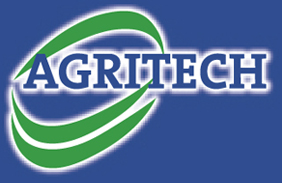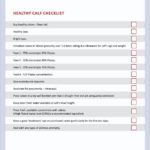Successful calf rearing requires an understanding of the basic principles, as well as experience and good observation skills. Profitable calf rearing needs to be centred on providing the right environment and nutrition for animals to reach set growth and development targets, ultimately with heifer replacements calving down at 24 months. For the beef herd, the aim is to maximise live-weight gain so as to shorten the fattening period.
Rumen development of the calf is a fundamental part of the long term production and profitability of that animal within the herd. It is essential that the calf is provided with the right balance of nutrients for growth and development while also supporting a strong immune system.
Colostrum
Calf management starts at the very earliest stage as development of a healthy rumen is fundamental to the future performance of the animal. Feeding colostrum is the first crucial step in calf development as the antibodies present are more likely to fight health threats. When it comes to feeding always adhere to the Triple “A” rule for giving high quality colostrum:
1) As soon as possible
2) As much as possible
3) As often as possible
Milk Replacer Guide
Milk Replacer is a consistent quality feed to meet the growth and development targets of the young calf. Feed at routine regular intervals to avoid gorging and upsetting digestion of the feed. As a general rule, calves need to drink 10% of their body-weight, e.g. a calf of 40kg needs 4L per day.
The optimal drinking temperature of the calf milk replacer is 39°C. To prepare the milk, dissolve the powder in two-thirds of the amount of water at 55-60°C. Then add the remaining water at room temperature until the optimum drinking temperature is reached. Note: 1 kg of milk powder in 7L water gives 8L milk.
Calf Management Practices
There are many other factors to consider when feeding milk replacer and it is also important to pay attention to the following calf management practices:
Feed Ingredients: Use high quality ingredients which are palatable and of suitable texture and particle size to stimulate rumen function.
Concentrates: Introduce from day 3 onwards. Give in small amounts and no more than is consumed in a 12 hour period and change the feed regularly. Target 1kg/head/day pre weaning with calves ready to be weaned when they eat >1.5 kg of concentrate per day. Offer calf starter feed from 3-5 days to 4 months and change to a growing ration post weaning to achieve daily intakes of 2.5-3.0 kg head/day.
Equipment: Clean all materials that come into contact with the milk thoroughly. All feed equipment must be clean to avoid unnecessary cross contamination of unwanted pathogens.
Stress: Good management and environmental conditions will help avoid unnecessary stress. Avoid sudden changes to feed and group calves to size, ensuring all have adequate feeding space.
Observe: Regularly check the colour and solidity of the calves’ dung.
Adequate Roughage and Water: Ensure that the calves have enough fresh roughage, preferably top quality straw, from the age of 2 weeks. Ensure that fresh drinking water is at their disposal at all times. Insufficient water slows rumen development and reduces feed conversion rates. Dry feed intake is stimulated by adequate water intake.
Recommended husbandry for purchased calves
When purchasing calves, it is recommended to follow a number of guidelines. Agritech have come up with a Healthy Calf Checklist (0.4MB) to use.
Recommended further reading
Calf Rearing Guide: Practical and easy to use. S.J. Charlton. Published by Context.
For more information, browse our Vitalac Calf Milk Replacer page or download the Agritech-Milk-Replacer-Brochure (2.5MB).
To buy our Vitalac Calf Milk Replacer, contact your local distributor.


